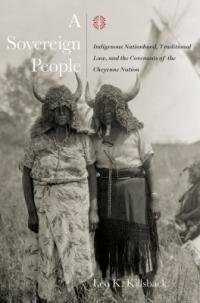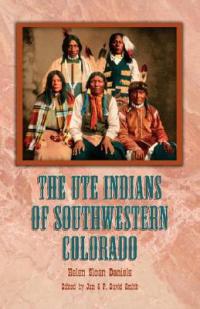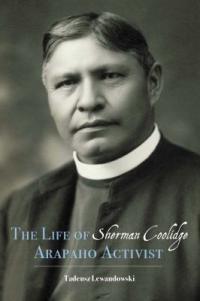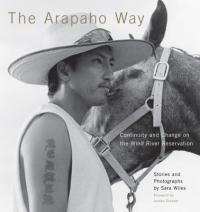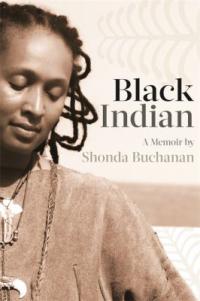By Yassie Buchanan, Library Program Associate
November is National Indigenous Peoples’ Heritage Month. Here in Colorado we occupy the Arapahoe, Cheyenne, and Ute nations land. Part of celebrating Indigenous Peoples' Heritage Month is recognizing the ongoing erasure and discrimination of indigenous communities. In Colorado, it’s incredibly important to acknowledge the historic targeting of Indigenous Peoples, including the Sand Creek Massacre of the Cheyenne and Arapaho people, that happened in 1864. Today, Indigenous communities continue to face systemic oppression and discrimination. One issue disproportionately affecting Indigenous populations in Colorado is homelessness. According to statistics from 2020, the homeownership rate was 47.5% for Native Americans. This is a stark difference in the statistics for White coloradans whose homeownership rate is 69.1%. Even further, Native Americans make up 4.9% of the homeless population, despite only accounting for 1% of Denver's overall population. On a national level, in 2022 55% of Indigenous populations experiencing homelessness were living unsheltered, this is the highest rate of any other subgroup. Additionally, 44.9 per 10,000 Natives experience homelessness in the United States which is around 4 times higher than the rate for White individuals. This disparate experience for Native populations can be connected to ongoing and historic efforts to displace BIPOC individuals and prevent these groups from accessing secure housing. It is especially important to recognize the stark differences in populations experiencing homelessness as the general rates of homeless populations living unsheltered continues to increase in Denver. In 2020, the rate of people experiencing homelessness who are unsheltered in Denver was 23.9%, it has since increased to 27.4% as of 2022.
As Denver takes initiative toward addressing homelessness, it’s crucial to factor in the communities affected the most and take action that specifically addresses the systems in place that are perpetuating homelessness for these groups, including Native Americans.
According to Rocky Mountain PBS, in the past year Denver launched an affordable housing project to address homelessness for Native populations. The Native American Housing Circle in partnership with Mercy Housing are designing a new living community that would include an Indian Health center, green public and private spaces, as well as cafes. This initiative would provide Denver Natives with not only housing but other necessary resources to take care of mental and physical health.
At the library we have a directory of services available for those facing homelessness, including HOST, Department of Housing Stability, that connects with many city agencies to provide housing for those experiencing homelessness. There are a slew of other resources on this page. Another place, Urban Peak, addresses housing for youth experiencing homelessness between the age of 15 and 20. Additionally, the Native American Housing Circle has a plethora of resources and initiatives in place to help Native populations have access to safe housing and community programs.
As a community it is our responsibility to fight the erasure of Indigenous peoples’ experiences and make an effort to be educated on the peoples whose land we reside on. Taking the initiative this month to learn about Indigenous peoples’ housing struggles, the history of Natives in Colorado, and the many disparities facing native communities today, is an important part of making change. There are a number of ways to use the library to educate yourself on the history and systems of oppression facing Native communities. Below is a list of books centered around the Cheyenne, Ute, and Arapaho peoples available at the library. There are also a number of other ways to celebrate the month with the library.
Books:
Cheyenne Summer: The battle of Beecher Island: a History by Terry Mort
A sovereign people: Indigenous nationhood, traditional law, and the covenants of the Cheyenne nation by Leo K. Killsback
The Ute Indians of southwestern Colorado by Helen Sloan Daniels
The life of Sherman Coolidge, Arapaho activist by Tadeusz Lewandowski
The Arapaho Way: Continuity and Change on the Wind River Reservation by Sara Wiles
Black Indian: a memoir by Shonda Buchanan
From the ashes: my story of being Métis, homeless, and finding my way by Jesse Thistle


